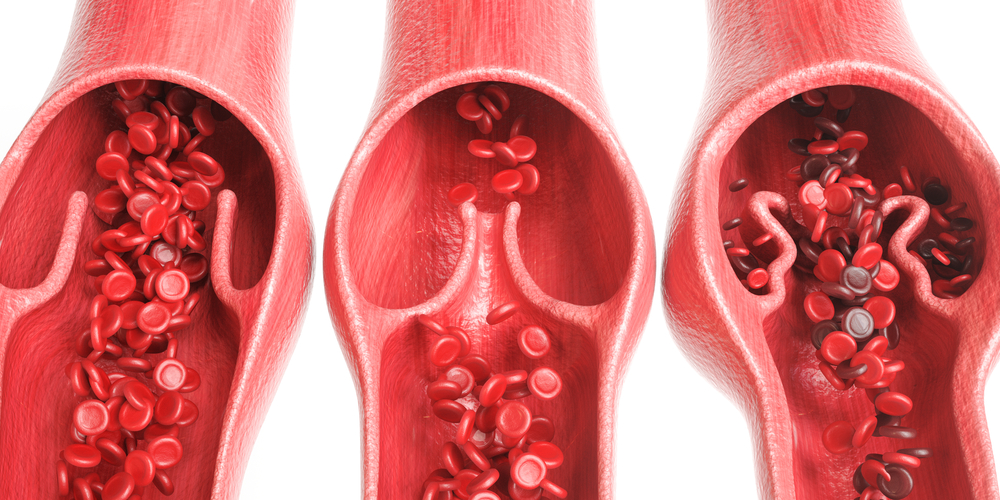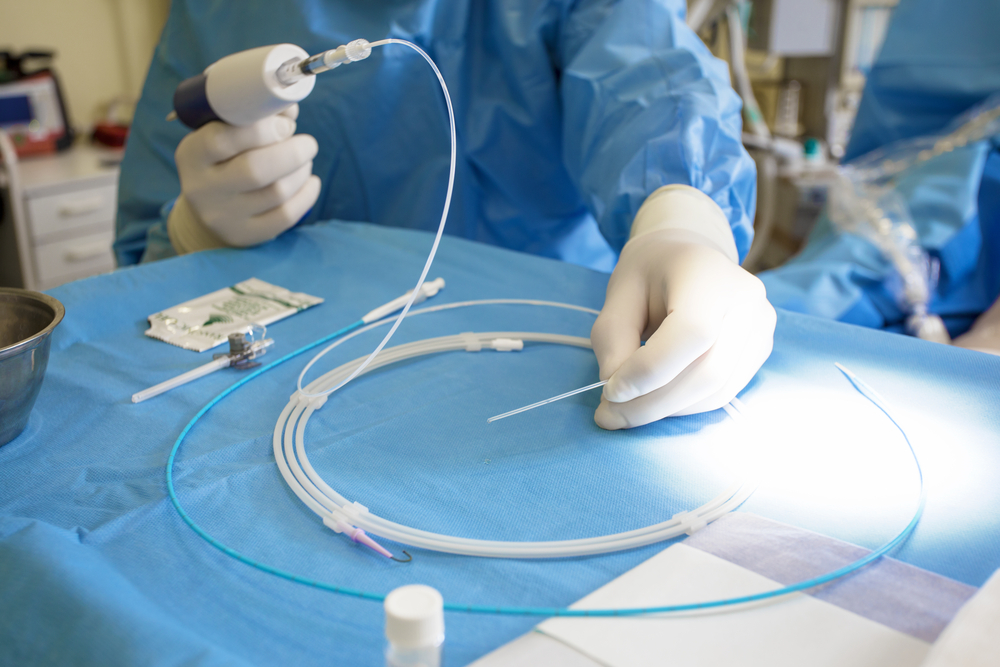Varicose Veins of the Pelvis – Pelvic Congestion Syndrome

Varicose veins of the pelvis are a common condition found in women. The veins can lead to chronic pelvic pain. The pain is often cyclical and hormonally responsive. The pelvic pain therefore often seems to worsen during the menstrual cycles, ie during times of increased pelvis blood flow and increased hormone production in the body.
Pelvic varicose veins are also more likely to occur in women of reproductive age. They are found more frequently in women who have been pregnant, especially women that have had multiple full term pregnancies. Damage to the pelvic veins is felt to a contributing factor. When pelvic blood “pools” or collects in damaged pelvic veins abnormally, this leads to the build-up of abnormally high pressure in the pelvic veins. The pressure and stretching of the pelvic veins leads to pain. This process and the resultant pelvic pain is referred to as pelvic venous congestion or pelvic congestion syndrome.
When pelvic varicose veins are examined, they are found to be an abnormal collection of dilated, tortutous, and engorged blood vessels. They have a similar appearance to varicose veins of the legs. The varicose veins of the pelvis can often grown and spread into the regions of the groins and genitalia (vaginal, labial, and vulvar areas). Women with pelvic varicose veins often have hemorrhoids as well.
When varicose veins of the pelvis are studied, they have been found to often be affiliated with abnormal valves of the pelvic veins, often including uterine veins, adnexal veins, and ovarian veins. When the ovarian veins have abnormal veins then this leads to a condition referred to as ovarian vein reflux. Ovarian vein reflux has been proven to be a primary cause of many cases of symptomatic varicose veins of the pelvic.
Ovarian Vein Reflux
Ovarian vein reflux involves a scenario where the blood reverses direction within the ovarian vein. This can occur on the left side, ride side. or both sides of the abdomen and pelvic. Normal direction of blood flow in the ovarian veins is upwards, traveling towards the heart. If the ovarian valves fail then the blood in the involved ovarian vein(s) travels backwards, i.e. away from the heart and toward the pelvic organs. This leads to elevated venous pressure in the pelvis. The elevated pelvic vein pressure can cause abormal enlargement and growth of pelvic varicose veins. This in turn causes chronic pain the pelvis in many women.
Treatment of Pelvic Varicose Veins

Pelvic varicose veins are treated when they lead to chronic pain that is bothersome to the patient. The most common procedure performed for this condition is embolization of the varicose veins and the causative ovarian vein. This is a miminimally invasive outpatient procedure. It involves insertion of a small catheter into the pelvic veins under x-ray guidance. A surgical incision in not required. Rather, it is done through an ultrasound-guided intravenous puncture at the level of the level of the upper leg / groin area. This can be done under local anesthetic alone or with the use of IV sedation. The procedure has a high success rate of resolving the problem and the symptoms.
If you are interested in a consultation for this condition, please call our office at (512) 220-5401.


